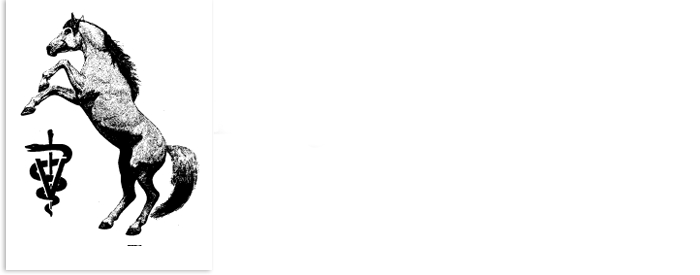What you need to know about Cleaning Your Horse's Sheath
When was the last time you cleaned your horses Sheath?
Well listen to this story!
I was called out to examine a pony with a funny looking skin on its tummy. The pony had been out and the pasture most of the time. Recently the owner decided to move the pony to a training stable where it was to get cleaned up for being sold. When the trainer clipped up the abdomen, she found about a 10 inch long by 2 inch across section of discolored inflamed and in one part pus filled skin. The trainer applied antiseptic soaps diligently to the area for a few weeks but the skin did not change in appearance.
Finally, they decided to call me out. When I looked at the pony I too found an area of discolored inflamed skin on the center of the abdomen stretching back to the sheath. The hair was extremely coarse and brittle. I first thought this could be a fungus. However, if that were the case I would have expected to find white flaky material under the patches of hair that easily pulled out. None was there. The trainer's treatment with antiseptic soaps should also have treated a fungus. As hard as I cleaned the area, I could not seem to eliminate the discoloration to the skin. Clearly this was a new condition that I had never seen before. I recommended and performed a biopsy of the skin in the area to help my diagnosis.
It was no help. The pathologist looked at the sample and said that there appeared to be no tumor and no fungus. It might be a hypersensitivity reaction (like an allergy) but typically those sample have a cell type called eosinophils. This pony sample had none. With this less than specific diagnosis I call the owner rather sheepishly. I told her that the skin was clearly inflamed and we should inject the area locally with anti-inflammatory medication. We should also treat the pony with systemic corticosteroids, and on the inflamed skin with a corticosteroid ointment. As I injected the discolored skin, I notice for the first time the abnormal tissue goes really from the sheath forward. I ask the owner, "Does this pony drop when he urinates?" She said she didn't know. She had never seen him pee. We finished the injections and off I went wondering how this case would turn out.
That next weekend as I watched the San Jose Sharks bring an end to the Detroit Red Wings hockey season the owner of the pony paged me.
"You won't believe this", she said.
"The trainer saw him pee today and he did not drop!!!!"
Being the inquisitive sort I asked her, "When was the last time you had your pony's sheath cleaned?"
"Never", she said
"How long have you owned him?" I asked.
"Two and a half years," she replied.
"Maybe we ought to try cleaning his sheath," I suggested. "That abnormal skin may be the result of urine scalding his skin as it gets caught in the hair in front of his sheath."
So out I went to the barn again to clean his sheath. I sedated him, which will usually make a gelding relax and extend his penis, but nothing happened. I put on my gloves and reached up in there only to feel a big round ball. First I thought it was a tumor. Then with a little more manipulation it came loose and fell to the ground. I could not believe it. Two-thirds the size of a base ball, what I had just removed was the horse's bean. This poor horse must have found it too painful to drop his penis. He had been peeing on himself which irritated the skin causing the inflammation and abnormal hair. A week later the pony was almost back to normal when urinating and the skin no longer inflamed.
What is the bean? Why do you clean a horses sheath? If you watch a horse drop to urinate, you will see a waxy substance surrounding the penis. This is called smegma. Like earwax, a little smegma is normal, too much causes irritation. Also horses have a unique anatomy. The tube that carries the urine is called the urethra. Just above the end of the urethra in horses is a pouch called the uretheral diverticulum. It is there that smegma can accumulate to form into a ball referred to as a bean. The reason it got its name is that most of the time it is the size of a bean. It the case of the poor pony above the size of the bean grew to such a large amount that it pressed down on the urethra and making it painful to urinate.
Many horse owners can learn to clean their horses sheath. Others need to have their veterinarian do it when other routine care is performed. In any case the penis itself is cleaned with either wet paper towels or wet rolled cotton. A detergent is used which must be mild. You want to keep away from Betadine(R) or other iodine based scrubs. Something mild like Palmolive(R) dish soap is good. The bean is at the end of the penis just above the tube, the urethra. One must scoop out the bean with your finger. I suggest you wear a rubber glove - smegma smells as bad as it sounds. Some horse owners can get their horse to drop his penis and let their owner clean it with out fussing. Many others will object to any handling. Those horse will need to be sedated and have the procedure performed by the vet. It is recommended to clean the sheath once or twice a year at least.

